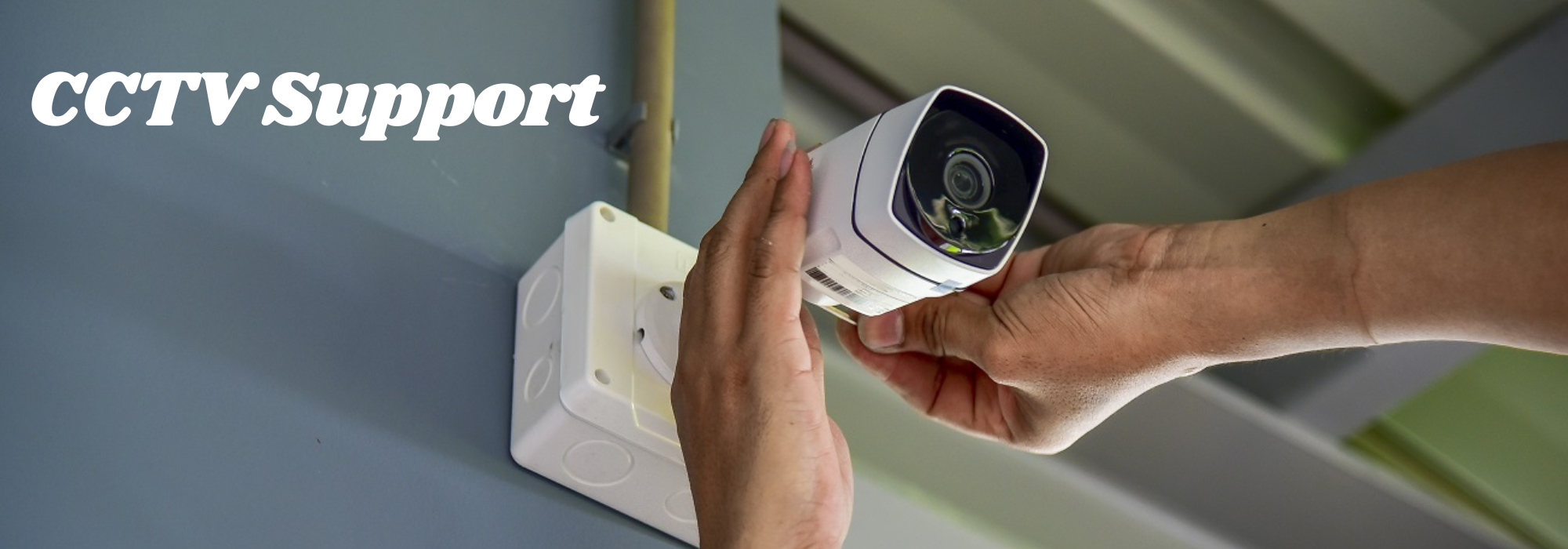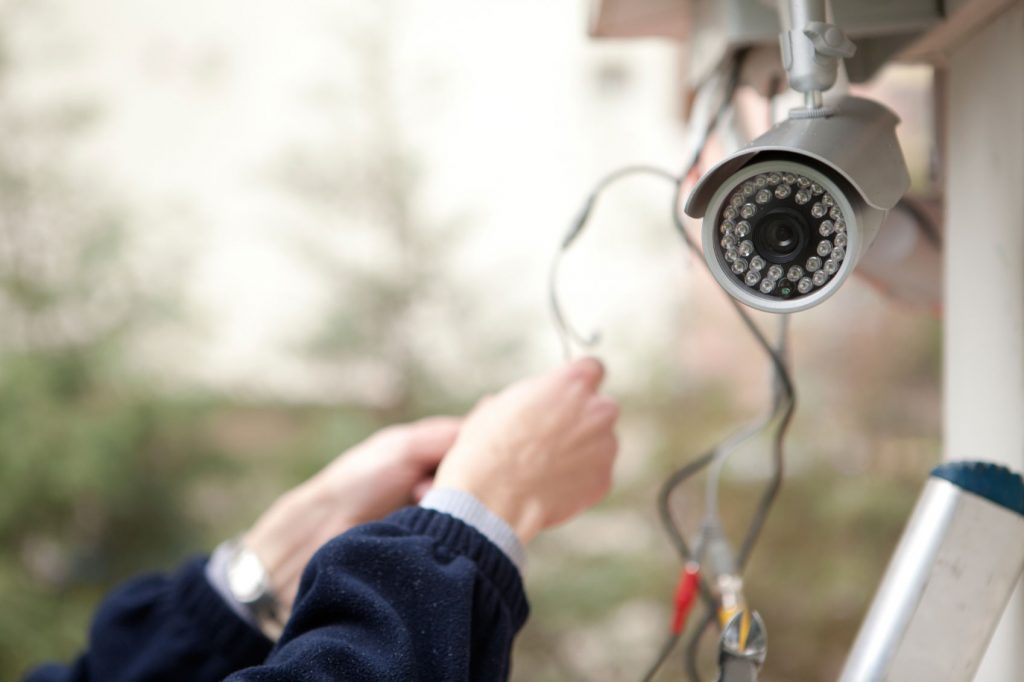
Get Professional Network Monitoring and Management and CCTV Support Service

Network monitoring, also known as network management, is the practice of continuously monitoring a computer network for any failures or deficiencies in order to ensure the network’s continued performance. Technically, network monitoring is a subset of network management, but in practice, the two are considered equivalent. Isensei Network Monitoring and Management collects and reports on data from a computer network’s routers, switches, firewalls, load balancers, and even endpoints such as servers and workstations. The collected data is filtered and analyzed in order to identify various network issues. The following are examples of network issues:
- Failures of devices
- CCTV support
- link failures
- Errors in the
- Interface
- Loss of packets
- Response time of the application
- Configuration changes
A network monitoring and management system’s functions can be divided into several categories, each of which performs a specific function. Net Craftsmen created a reference network management architecture that identifies the various data collection categories, how they share data and the protocols that are used.

How Does our Network Monitoring Work?

Network monitoring collects and analyses massive amounts of data in order to identify real or potential network problems that should be investigated. One method for reducing data volume is to create a ranking of analysis rule exceptions using top N reports, such as the top 10. Examples of architectural elements include the following:
- Events
The devices report the most events or the events that secure the most frequently.
- NCCM
The devices with the most configuration changes or the devices with the most configuration changes
- Performance
Interfaces with the highest utilization, interfaces with the most errors by count or percentage of packets, or devices with the highest CPU or memory utilization
- Address administration
Subnets with almost no available addresses
- Monitoring of digital experience
The systems that are reporting the slowest applications or the paths that are exhibiting the most problems